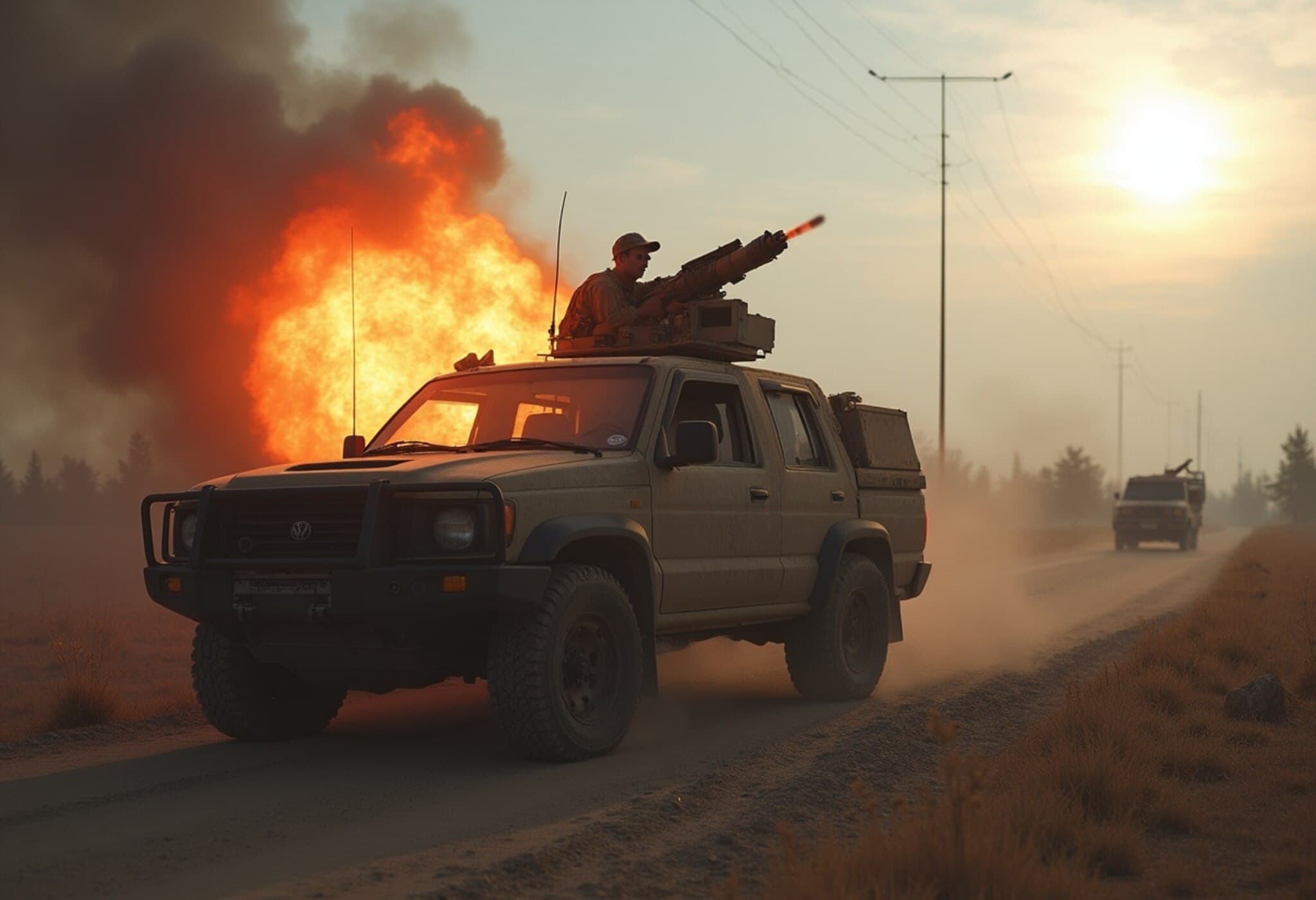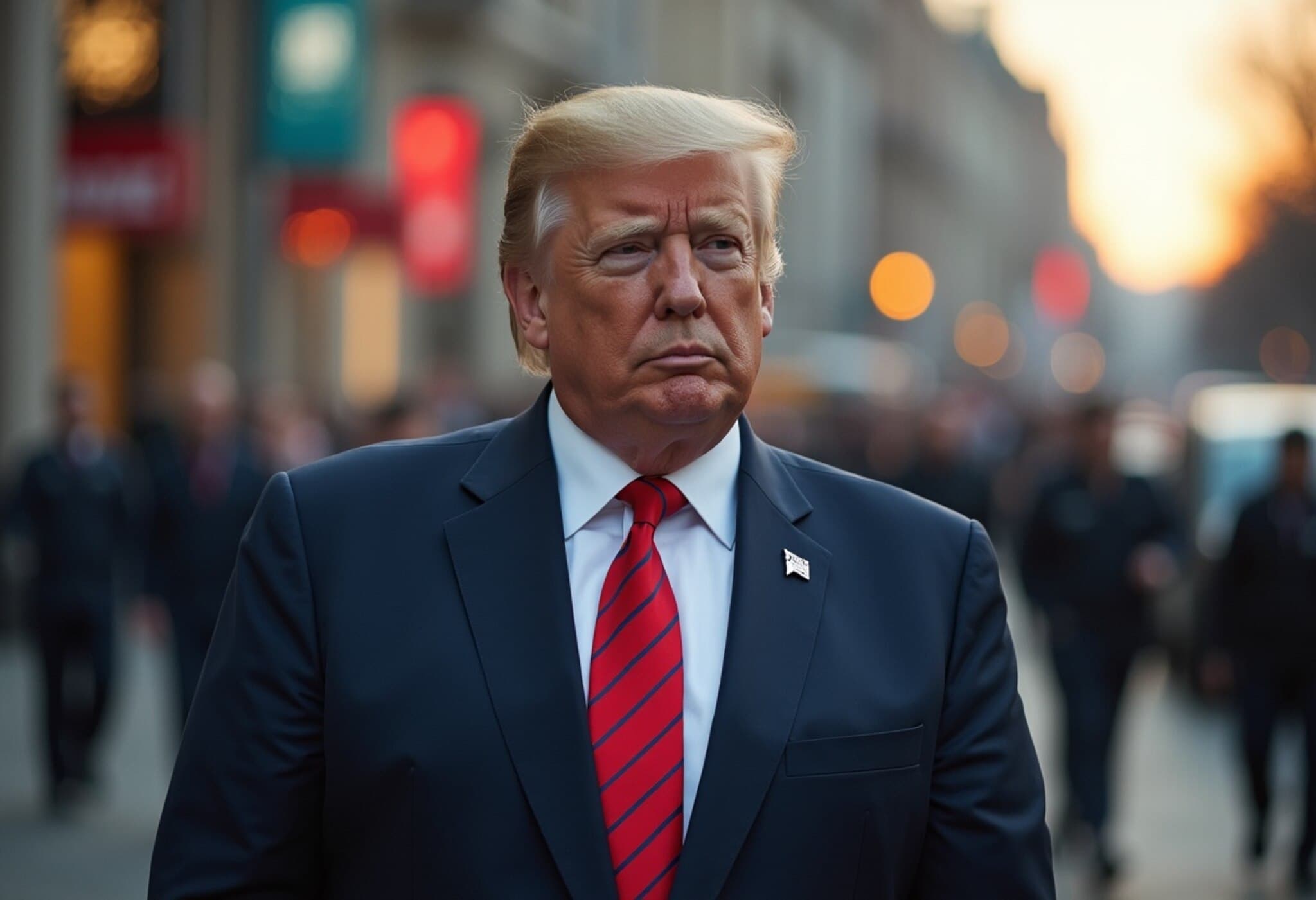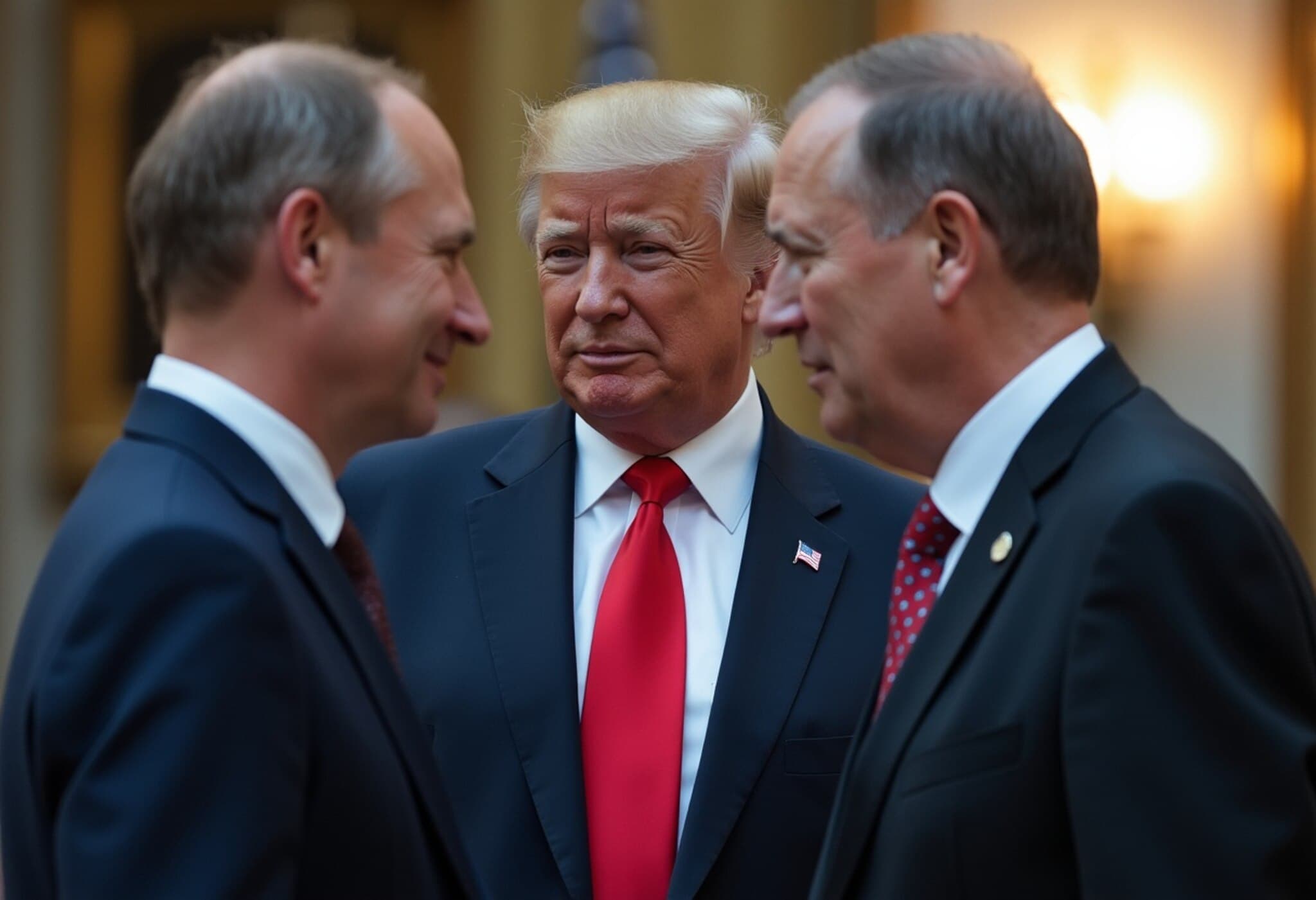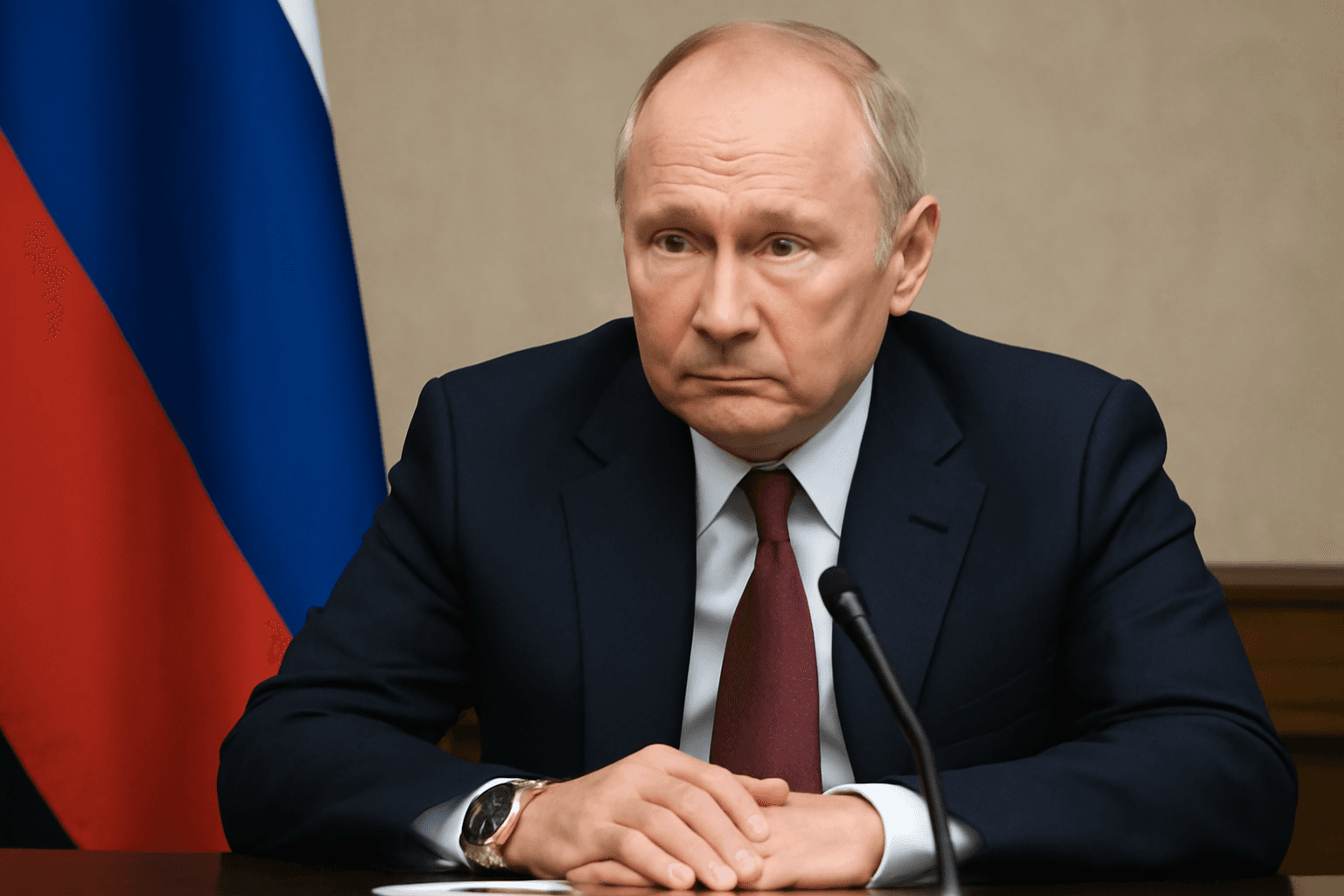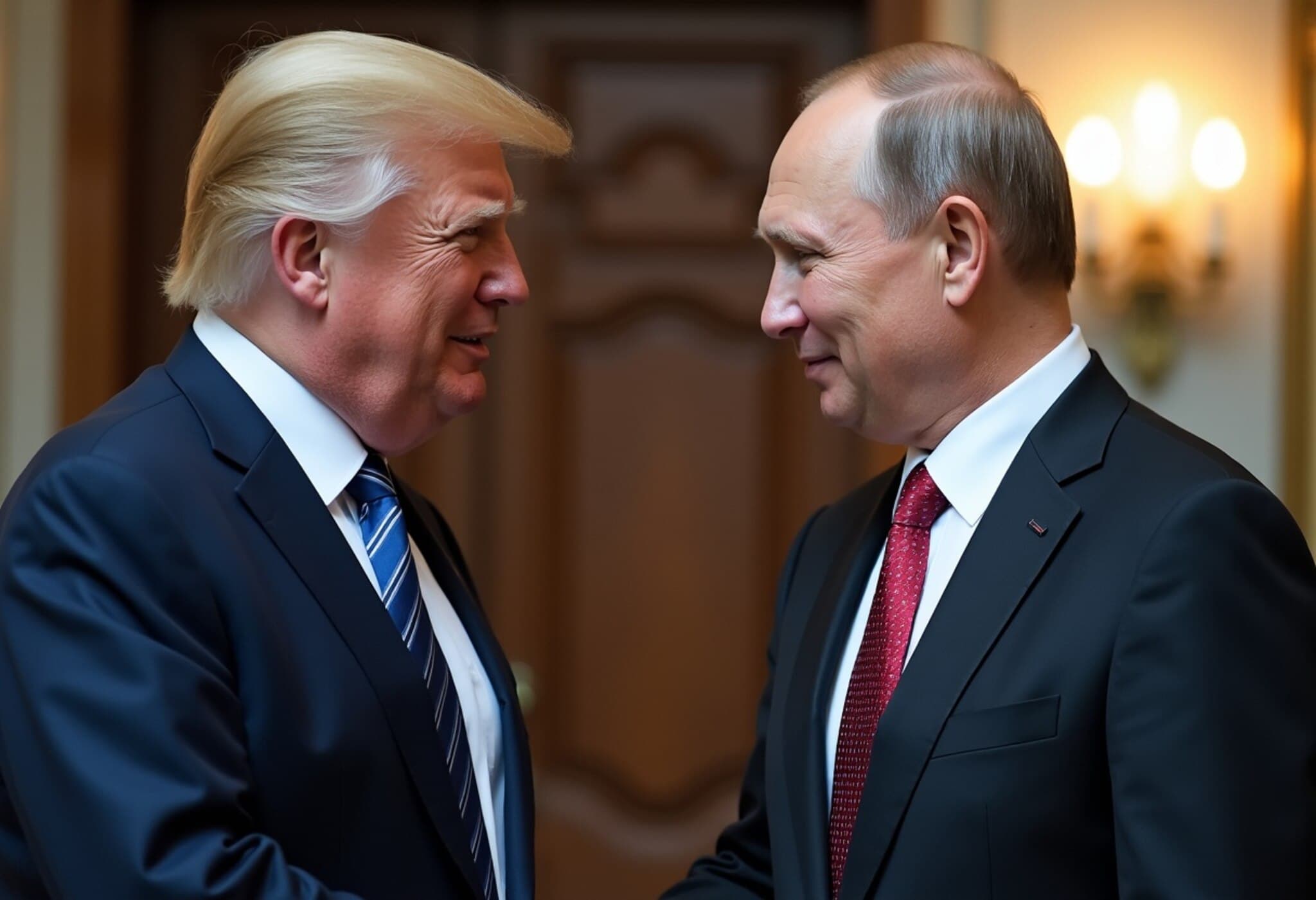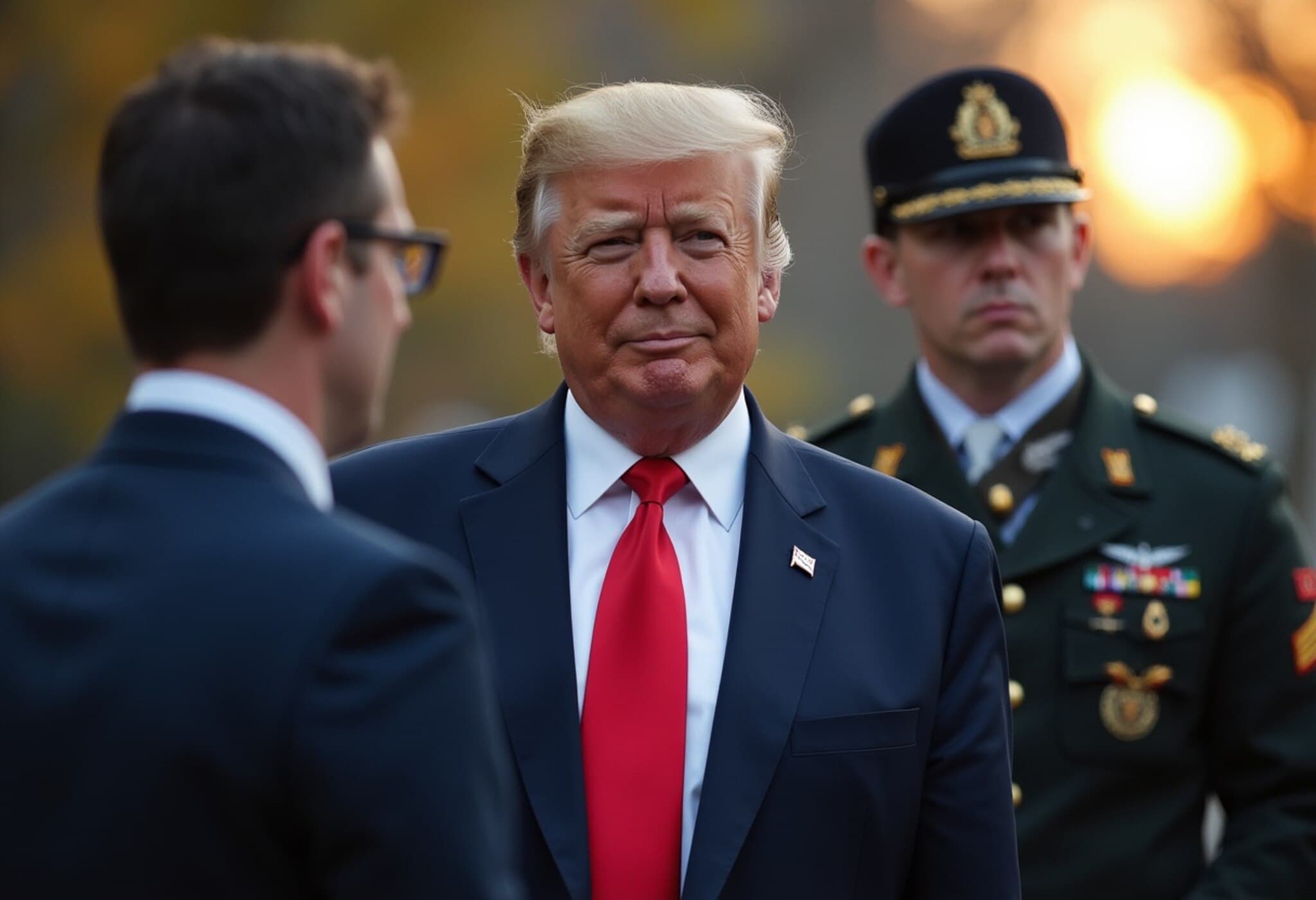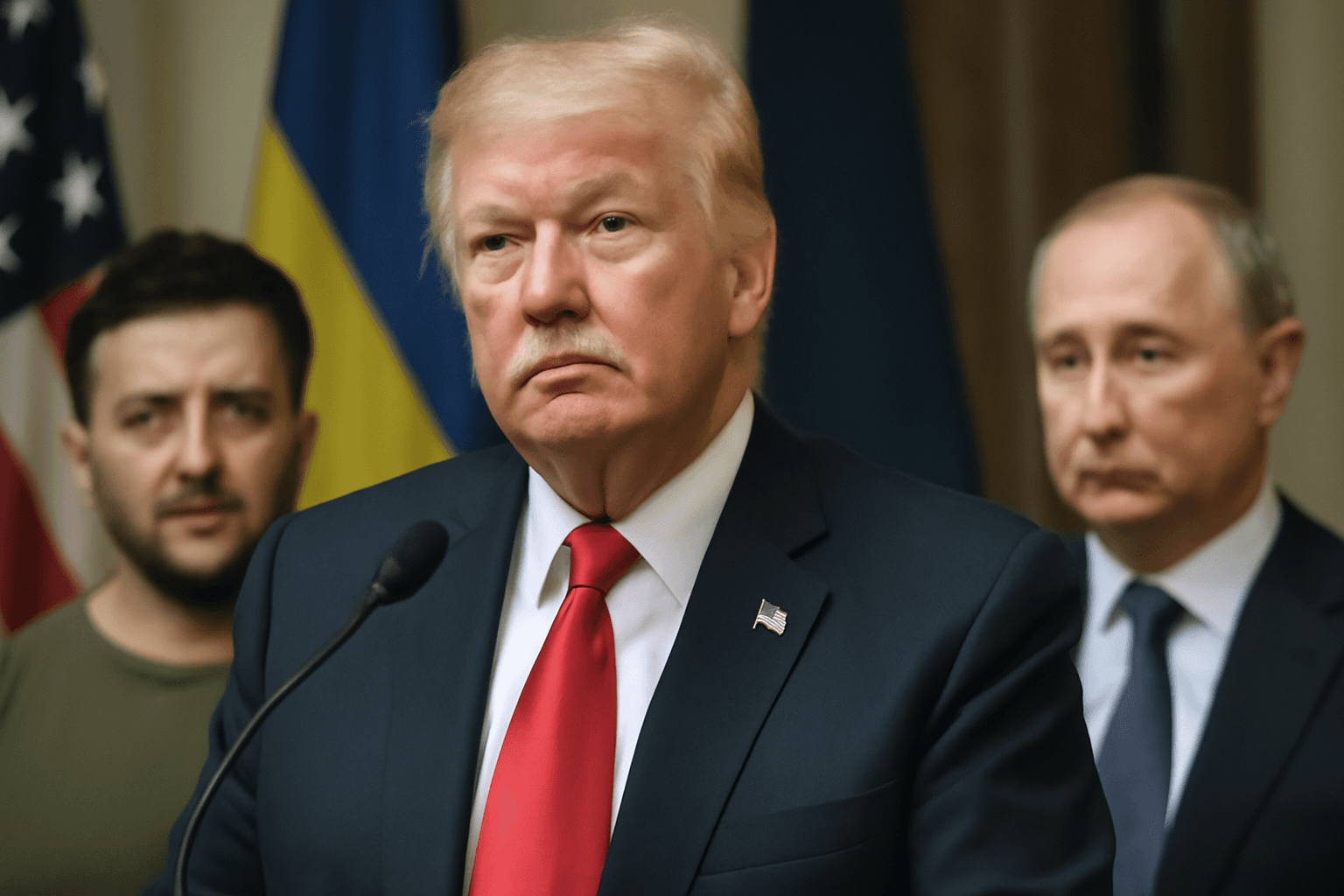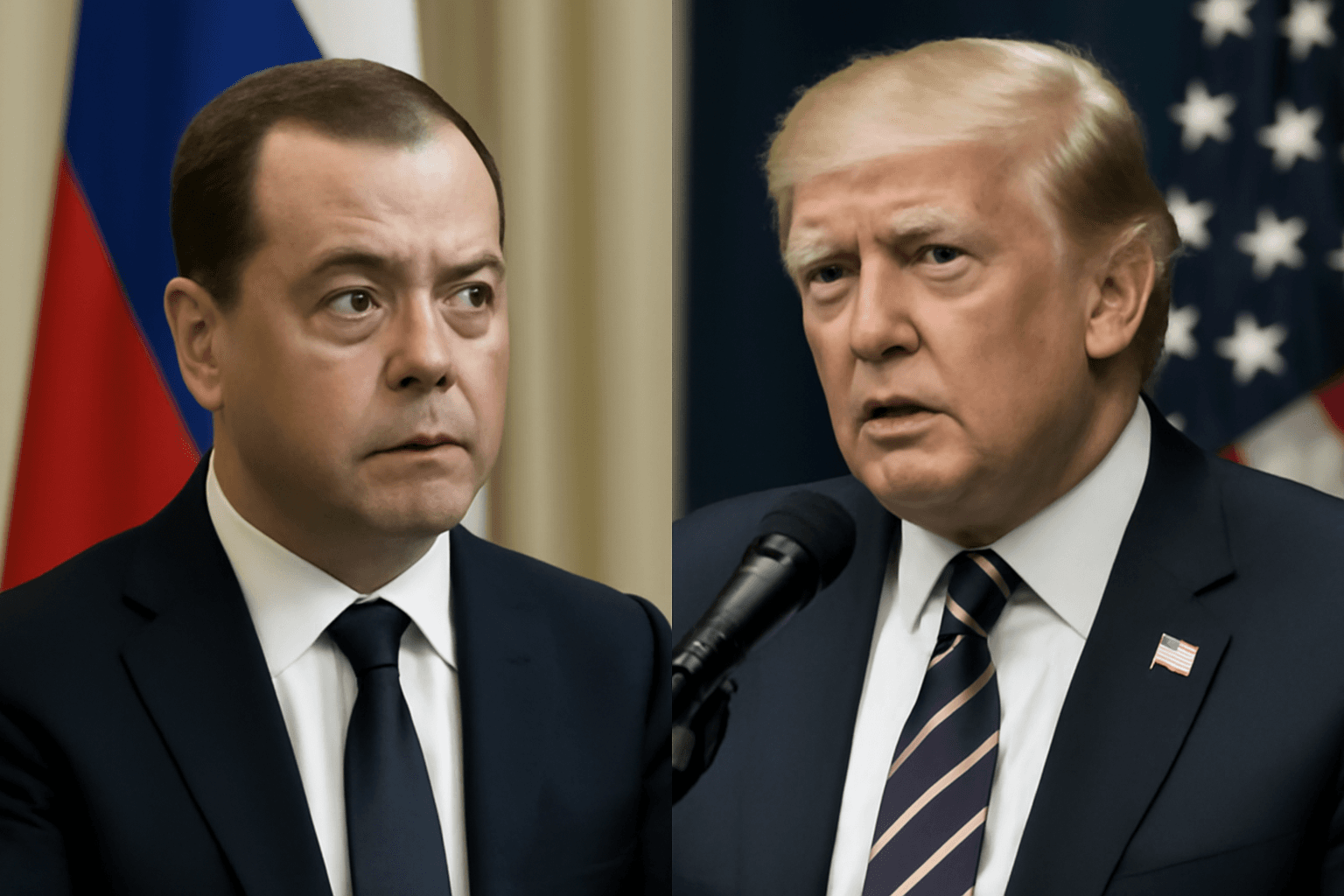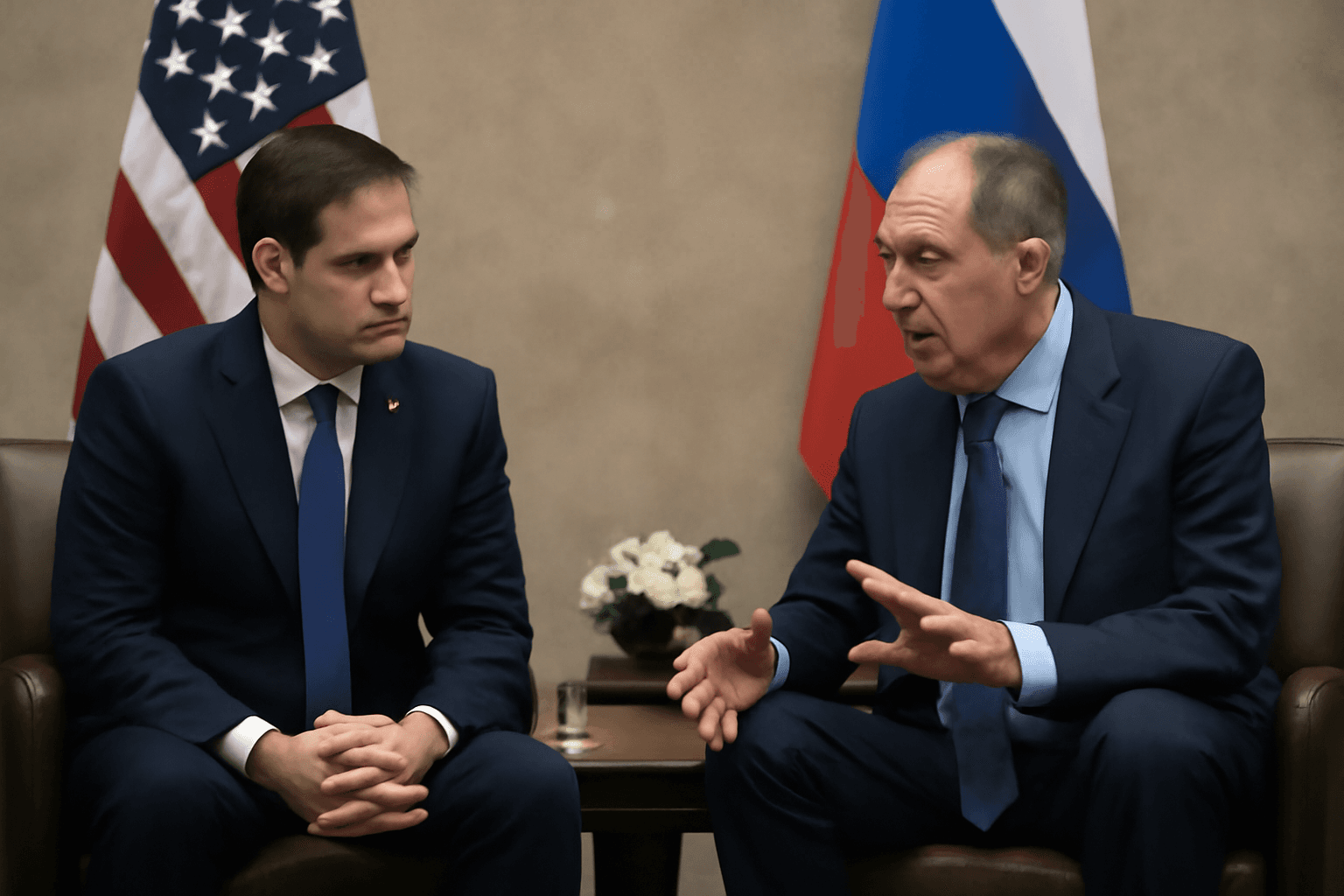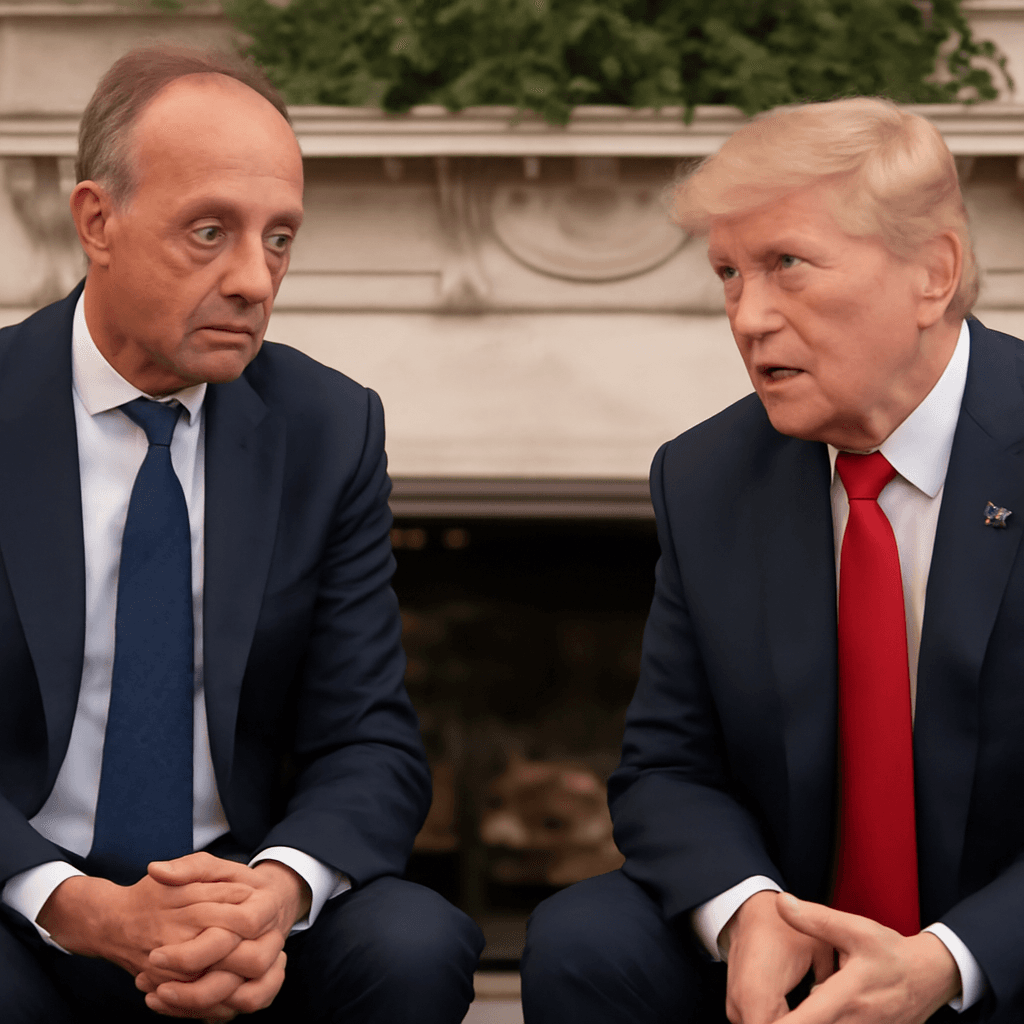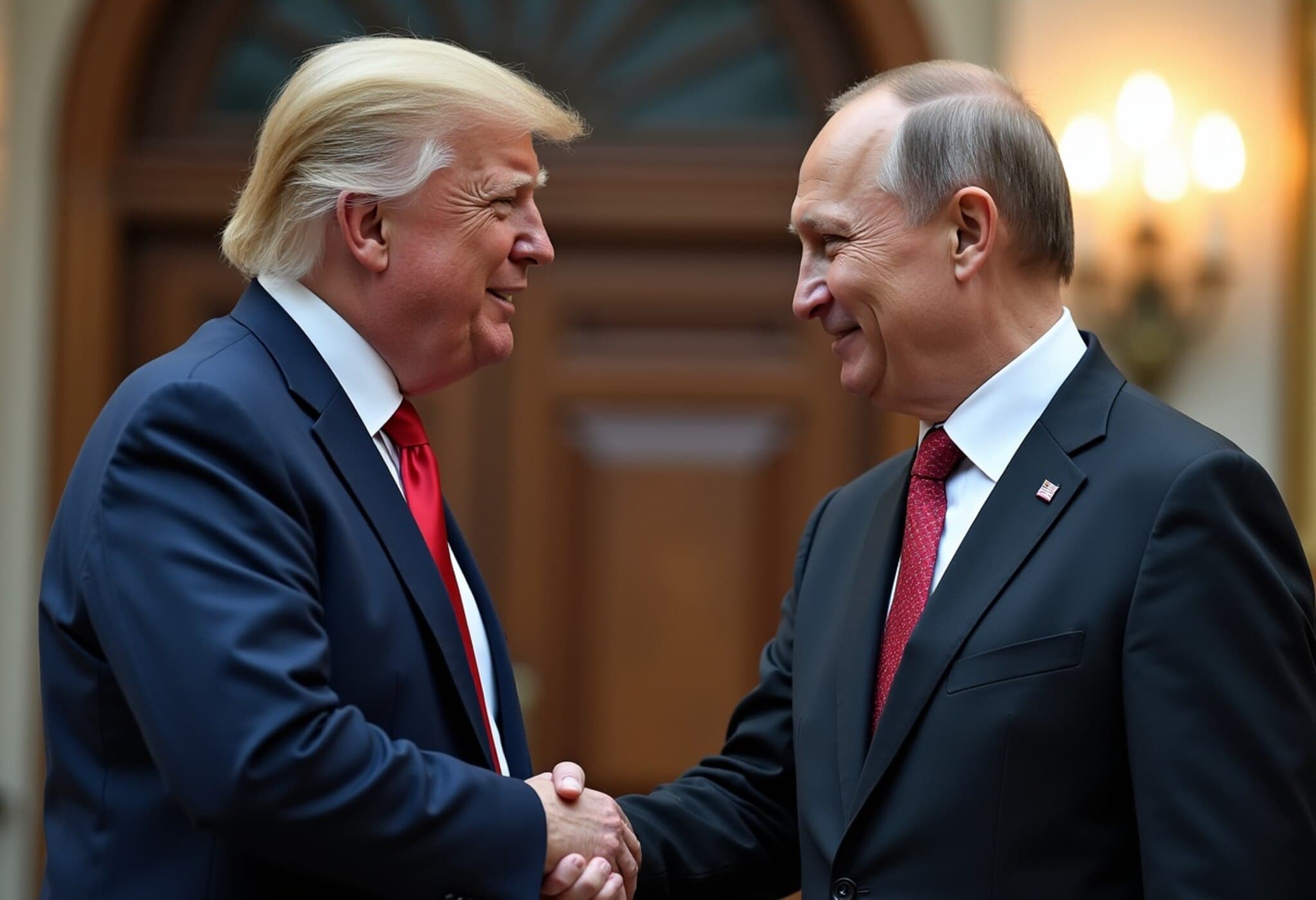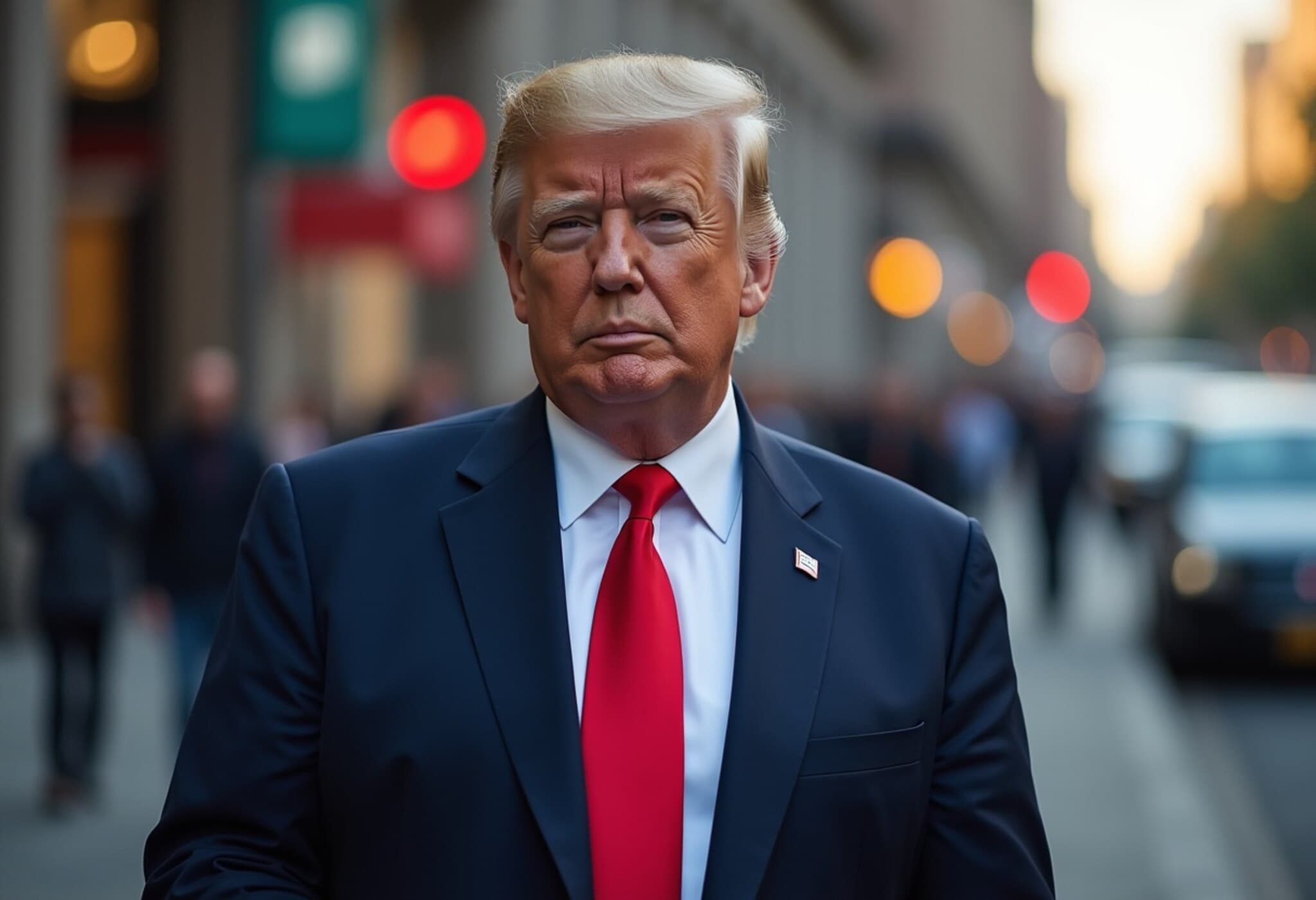Russia Launches Massive Drone and Missile Assault Amid Trump’s Peace Ultimatum
In a stark demonstration of defiance, Russia intensified its military campaign against Ukraine by unleashing a barrage of nearly 400 drones alongside an Iskander ballistic missile on July 15-16, 2025. This onslaught came just two days after former U.S. President Donald Trump issued a bold 50-day ultimatum demanding Russia halt its three-year-long invasion of Ukraine and pursue peace or face severe sanctions.
Human Toll and Infrastructure Damage
The relentless attacks struck multiple Ukrainian cities, leaving at least one woman dead and wounding more than two dozen others. In Kryvyi Rih — President Volodymyr Zelensky’s hometown — the assault caused widespread power and water outages, while an industrial building was reduced to rubble.
Oleksandr Vilkul, the mayor of Kryvyi Rih, highlighted the grievous condition of a 17-year-old boy injured in the strikes, underscoring the human tragedy behind the headlines: “He was wounded in the abdominal cavity and is currently fighting for his life.”
A Calculated Message from Moscow
By deploying an unprecedented combination of an Iskander ballistic missile launched from annexed Crimea alongside numerous Iranian-designed Shahed drones, Russia appears to be signaling its unwillingness to entertain external pressure. The Ukrainian Air Force confirmed the overnight naval and aerial assault, which included drone strikes on Vinnytsia and Kharkiv as well.
Despite the Kremlin’s sporadic claims of openness to peace talks, no meaningful negotiations have been held for over a month, and the latest attacks suggest a move away from diplomacy toward military escalation.
Trump’s Ultimatum and U.S. Role in the Conflict
Trump’s call for a rapid peace deal was accompanied by threats of harsh U.S. sanctions designed to pressure Moscow into ending the war. While Trump stressed his frustration over Russia’s resistance to ceasefire talks, he also announced enhanced military aid agreements through NATO to bolster Ukraine’s air defense capabilities.
Experts interpret this as a complex interplay of diplomacy and deterrence: while advocating for peace, the U.S. and its allies are simultaneously ramping up support to help Kyiv defend itself.
Regional and Global Implications
As Russia’s summer offensive gains momentum, its strategy seems to focus on wearing down Ukrainian defenses while undermining morale on both the battlefield and civilian front. This escalation threatens to destabilize a fragile region still recovering from years of conflict and risks further entrenching divisions between the West and Russia.
From an American policy perspective, the crisis poses critical questions about the effectiveness of sanctions, the durability of diplomatic channels, and the long-term commitment to supporting Ukraine amid a shifting geopolitical landscape.
Looking Ahead: The Fragility of Ceasefire Prospects
The stalled peace negotiations and relentless attacks underscore an unsettling reality: achieving a sustainable ceasefire remains a distant goal. With Russia demonstrating readiness to employ advanced weaponry and mass drone strikes, and Ukraine bracing under renewed pressure, the human cost is likely to intensify.
Observers urge renewed diplomatic engagement backed by credible accountability measures, emphasizing that without dialogue, civilian suffering will mount and regional stability will unravel further.
Editor’s Note
The recent surge in hostilities offers a grim reminder that military might often overshadows diplomatic efforts, especially when strategic interests and national pride are at stake. Former President Trump’s ultimatum, though forceful, reveals the limits of external leverage in resolving deeply entrenched conflicts. As the war in Ukraine enters its fourth year, the international community must grapple with balancing aid and pressure, while keeping humanitarian considerations front and center.
Will Russia’s continued aggression drive a hardening of global alliances, or can renewed dialogue emerge amid escalating violence? The path to peace remains fraught, demanding nuanced policy and unwavering empathy toward affected civilians.

